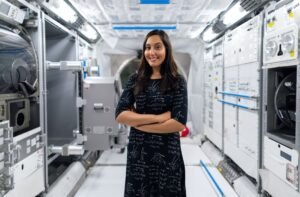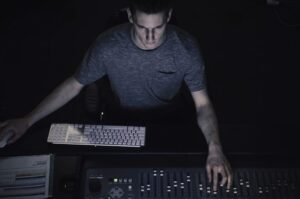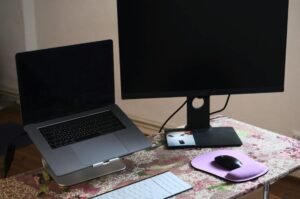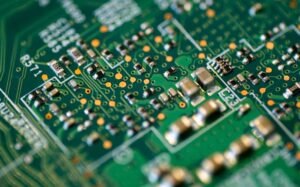What AI Tools Generate Images?
Artificial Intelligence (AI) has revolutionized various industries by simulating human-like intelligence, and image generation is no exception. AI-powered image generation tools offer incredible possibilities for artists, designers, and content creators alike. In this article, we will explore some of the prominent AI tools that can generate stunning images with remarkable realism.
Key Takeaways
- AI-powered image generation tools utilize deep learning algorithms to create realistic and aesthetically pleasing images.
- These tools offer a wide range of applications, from generating artwork to assisting in the production of visual effects.
- Some popular AI tools for image generation include DeepArt, DALL-E, and StyleGAN.
DeepArt
DeepArt is an AI-powered tool that allows users to transform their photos into impressive artwork inspired by famous artistic styles. Using a combination of convolutional neural networks (CNNs) and deep learning techniques, DeepArt analyzes the artistic style of a user’s chosen piece and applies it to the uploaded image, resulting in stunning visual transformations.
With DeepArt, users have access to a vast collection of artistic styles, ranging from classical paintings to abstract compositions. The tool’s ability to fuse the input image with the selected style allows for endless creative possibilities, making it a popular choice among artists and enthusiasts.
DALL-E
If you’ve ever wondered what a giraffe made of bananas would look like or a shoe-shaped chair that actually exists only in your imagination, then you need to check out DALL-E. Developed by OpenAI, DALL-E is an innovative AI model capable of generating highly detailed and imaginative images from text prompts.
Powered by a combination of the Transformer architecture and a vast dataset of text-image pairs, DALL-E uses an encoder-decoder framework to understand the textual input and generate corresponding visual representations. Its ability to comprehend and creatively interpret textual descriptions makes it a remarkable AI tool for image generation.
StyleGAN
StyleGAN is a popular AI model for image generation that has gained immense popularity for its ability to create hyper-realistic and diverse images. Unlike traditional generative models, StyleGAN focuses on learning the underlying style and variation of images, allowing for control over specific features, such as hair color, expression, and more.
With StyleGAN’s advanced techniques, users can generate an endless variety of images, from human faces to fictional creatures and even innovative product designs. The model has been widely adopted in the entertainment industry for producing visual effects and generating lifelike characters.
Data Points Comparison
| AI Tool | Image Style Options | Application |
|---|---|---|
| DeepArt | Wide range of artistic styles | Transforming photos into artworks |
| DALL-E | Highly imaginative and detailed | Generating images from text prompts |
| StyleGAN | Hyper-realistic and diverse | Visual effects, character generation, product design |
Conclusion
AI tools for image generation have opened up a world of possibilities for artists and creators, enabling them to bring their imagination to life with remarkable realism. DeepArt, DALL-E, and StyleGAN are just a few examples of the incredible advancements in AI-powered image generation. Whether you want to create stunning artwork, envision imaginary objects, or generate lifelike characters, these tools offer immense creative potential.
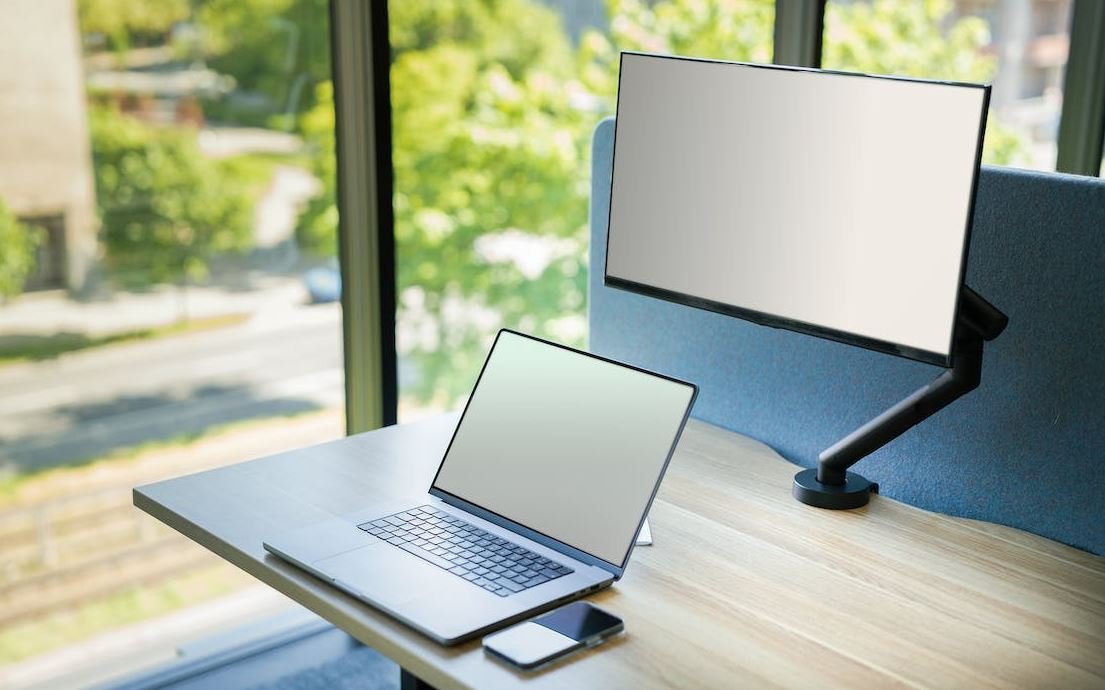
Common Misconceptions
Misconception 1: AI Tools Can Generate Images with 100% Accuracy
One common misconception about AI tools that generate images is that they can produce results with perfect accuracy. However, this is not the case. While AI tools have made significant advancements in generating realistic images, they are not flawless. They may still produce slightly distorted or incorrect images.
- AI tools can sometimes fail to accurately recreate certain details.
- Complex images may challenge AI tools, leading to less accurate results.
- There may be limitations in the dataset used to train the AI model, affecting accuracy.
Misconception 2: AI Tools Can Only Generate Images That Have Already Been Created
Another misconception is that AI tools can only generate images that already exist. While AI models can be trained on existing images to generate new ones that resemble the training set’s style, they are also capable of creating completely original and unique images. This ability to generate new and unseen images is one of the fascinating aspects of AI tools.
- AI tools can create images that do not resemble any existing artwork or photographs.
- They can generate unique combinations of features and elements.
- AI tools can produce interesting and novel images that have never been seen before.
Misconception 3: AI Tools Don’t Require Human Intervention or Input
Some people mistakenly assume that AI tools for generating images work completely independently without any human intervention. However, human input is often required to guide and refine the output of these tools. Human expertise and creativity play a crucial role in training, fine-tuning, and validating the AI models.
- Human input is necessary to define the desired style or output criteria.
- AI models need human feedback and guidance to improve their results.
- Human intervention helps ensure the generated images meet specific requirements or objectives.
Misconception 4: AI Tools Can Accurately Predict Context or Meaning in Generated Images
Another misconception surrounding AI tools is that they can accurately interpret the context or meaning behind the images they generate. While AI can identify certain objects or patterns in images, it does not possess true understanding. To AI, an image may be a collection of pixels, and it lacks the ability to grasp complex concepts or abstract symbolism portrayed in the image.
- AI tools can struggle to infer the intended meaning or mood of an image.
- Interpretation of images beyond surface-level features often requires human input.
- AI tools may misinterpret the context or symbolism of certain images.
Misconception 5: AI Tools Can Generate Images Instantaneously
Finally, it is important to debunk the misconception that AI tools can generate images instantaneously. While AI models have become faster and more efficient over time, generating high-quality images is a computationally intensive process that can take a significant amount of time, especially for complex or high-resolution images.
- Generating images with AI tools can require substantial computational resources.
- The time taken for image generation varies based on the complexity and size of the image.
- AI tools often require time for training, fine-tuning, and optimization before they can effectively generate images.
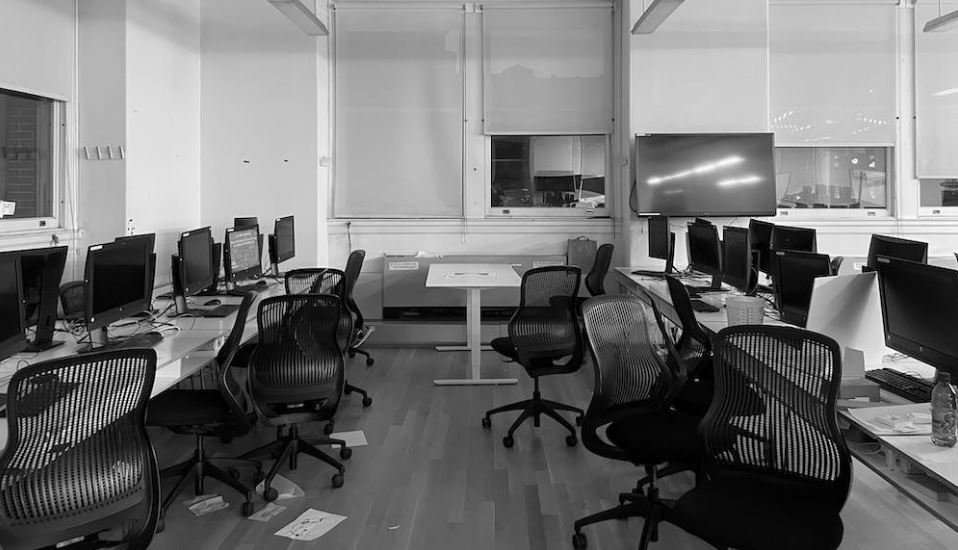
The Rise of AI Art
Artificial Intelligence (AI) has made significant strides in various fields, with the latest development being AI-generated images. This innovative application of AI has given rise to new artistic possibilities and challenged traditional notions of creativity. In this article, we explore ten remarkable AI tools that are revolutionizing the art world. Each table showcases the unique capabilities and outputs of these AI tools, providing a glimpse into the future of AI-generated images.
1. DeepArt
DeepArt is an AI tool that allows users to transform their photos into artworks inspired by famous paintings. Using a deep neural network, DeepArt analyzes the input image and applies the style of a selected masterpiece to create a visually stunning fusion.
| Input Image | Selected Style | AI-Generated Image |
|---|---|---|
 |
 |
 |
2. DeepDream
DeepDream is a Google AI tool designed to visualize the inner workings of convolutional neural networks. By enhancing specific patterns detected by the AI, DeepDream creates surreal and dream-like images that often resemble visual hallucinations.
| Input Image | DeepDream Transformation |
|---|---|
 |
 |
3. DALL·E
DALL·E, developed by OpenAI, is an AI model that generates images from textual descriptions. By understanding and applying semantic relationships between words, DALL·E creates conceptually coherent and visually appealing images.
| Textual Description | AI-Generated Image |
|---|---|
| A cat made of watermelon |  |
4. StyleGAN
StyleGAN is an AI tool capable of generating highly realistic and unique human faces. By learning from a dataset of thousands of images, StyleGAN can create original portraits that possess impressive details, diverse features, and a touch of serendipity.
| AI-Generated Face 1 | AI-Generated Face 2 |
|---|---|
 |
 |
5. GauGAN
GauGAN, also developed by NVIDIA, is an AI tool that transforms simple sketches into photorealistic images. By leveraging a generative adversarial network (GAN), GauGAN turns rudimentary drawings into detailed landscapes, vibrant sunsets, or even imaginary scenes.
| Sketch | AI-Generated Image |
|---|---|
 |
 |
6. ArtBreeder
ArtBreeder serves as a unique platform for artists and enthusiasts to collaborate with AI. By blending, mutating, and crossbreeding existing artworks, ArtBreeder generates novel and imaginative pieces, pushing the boundaries of artistic exploration.
| Artwork 1 | Artwork 2 | AI-Generated Hybrid |
|---|---|---|
 |
 |
 |
7. RunwayML
RunwayML is an AI tool designed to unleash the creativity of artists through machine learning models. With an intuitive interface and a vast collection of AI models, RunwayML allows users to produce captivating and diverse AI-generated artworks without the need for extensive coding knowledge.
| Artistic Model 1 | Artistic Model 2 |
|---|---|
 |
 |
8. Prisma
Prisma is a popular AI-powered app that turns ordinary photos into visually striking images, emulating the styles of famous artists and various artistic movements. With real-time AI filters, Prisma offers users an interactive and immersive experience in transforming their photos into digital masterpieces.
| Input Image | Selected Style | AI-Generated Image |
|---|---|---|
 |
 |
 |
9. AI Portraits
AI Portraits is an AI tool that transforms your selfies into Renaissance-style portraits, allowing you to immerse yourself in the elegance and grandeur of classical art. Through AI algorithms, AI Portraits analyzes facial features, composition, and lighting to create stunning personalized Renaissance-style portraits.
| Input Selfie | AI-Generated Portrait |
|---|---|
 |
 |
10. AI Dungeon
AI Dungeon is an interactive storytelling AI that generates personalized narratives based on user input. By employing natural language processing and machine learning techniques, AI Dungeon creates dynamic and immersive adventures, providing users with endless possibilities for storytelling and exploration.
| User Input | AI-Generated Story |
|---|---|
| “You find yourself in a mysterious forest.” | In the dense forest, your senses tingle as you catch a glimpse of an enchanted creature… |
Conclusion
The emergence of AI tools that generate images has opened up a world of artistic exploration and innovation. From transforming photographs into masterpieces to creating unique and imaginary compositions, AI-driven creativity continues to push the boundaries of traditional art. These ten remarkable AI tools showcased the impressive capabilities and outputs of AI-generated images. As AI technology evolves and becomes more accessible, we can expect further advancements in AI art, revolutionizing the way we perceive and create art.
Frequently Asked Questions
What are AI tools that generate images?
AI tools that generate images are software applications or algorithms that use artificial intelligence and machine learning techniques to create visual content, such as pictures, illustrations, and graphics.
How do AI tools generate images?
AI tools generate images by analyzing large datasets of existing images and learning the patterns and features present in those images. These tools then use this learned information to generate new images by combining and modifying the existing patterns and features.
What are some popular AI tools for generating images?
Popular AI tools for generating images include DeepArt, DeepDream, DALL-E, and GANs (Generative Adversarial Networks). These tools utilize deep learning techniques to create unique and visually appealing images.
Can AI tools generate realistic images?
Yes, AI tools can generate realistic images to a certain extent. With advancements in deep learning algorithms and generative models, AI tools can produce images that closely resemble real-world objects, landscapes, and even human faces.
Are there any limitations to AI-generated images?
Yes, there are limitations to AI-generated images. While AI tools can generate impressive visuals, the generated images may still lack some intricate details, may exhibit artifacts or distortions, and might not fully capture the complexity and nuances of the real world.
What are the potential applications of AI-generated images?
AI-generated images have various potential applications, including but not limited to: virtual reality (VR) and augmented reality (AR) environments, video game development, digital art creation, film and entertainment industry, fashion and design, advertising, and scientific research.
Are AI-generated images considered as original artwork?
The classification of AI-generated images as original artwork is still a matter of debate. While the algorithms and tools used to create these images are created by humans, the AI system itself generates the final output based on learned patterns and data. Some argue that AI-generated images should be considered as a collaboration between the AI system and its human programmers.
<--
Do AI tools require specialized hardware to generate images?
The computational requirements for AI tools vary depending on the complexity of the image generation task and the size of the dataset. In some cases, AI tools may benefit from using specialized hardware, such as graphics processing units (GPUs) or tensor processing units (TPUs), to speed up the image generation process.
Are AI-generated images protected by copyright?
The issue of copyright for AI-generated images is yet to be fully resolved. Currently, many jurisdictions consider the person who created or trained the AI system as the copyright owner. However, as AI systems become more autonomous and creative, there are ongoing discussions about the need for new legal frameworks to protect the rights of AI-generated creations.
Can AI tools be used for malicious purposes with image generation?
Yes, like any other technology, AI tools can be used for both positive and negative purposes. In the context of image generation, AI tools could potentially be exploited for creating deepfake images, spreading disinformation, or generating malicious content. This highlights the importance of responsible use and ethical considerations when utilizing AI tools for image generation.


